
Under the BWSC theme ‘Dream bigger. Go farther,’ Bridgestone supports challengers in achieving their dreams.
In this interview with Tsutomu Uematsu from Uematsu Electric Co., Ltd, Mr.Uematsu talks about his challenge of developing rockets, which has been his lifelong dream.
“Have a dream so big that it works as a bridge between generations”-from electromagnetics to rockets; Tsutomu Uematsu tells what it means to have a dream
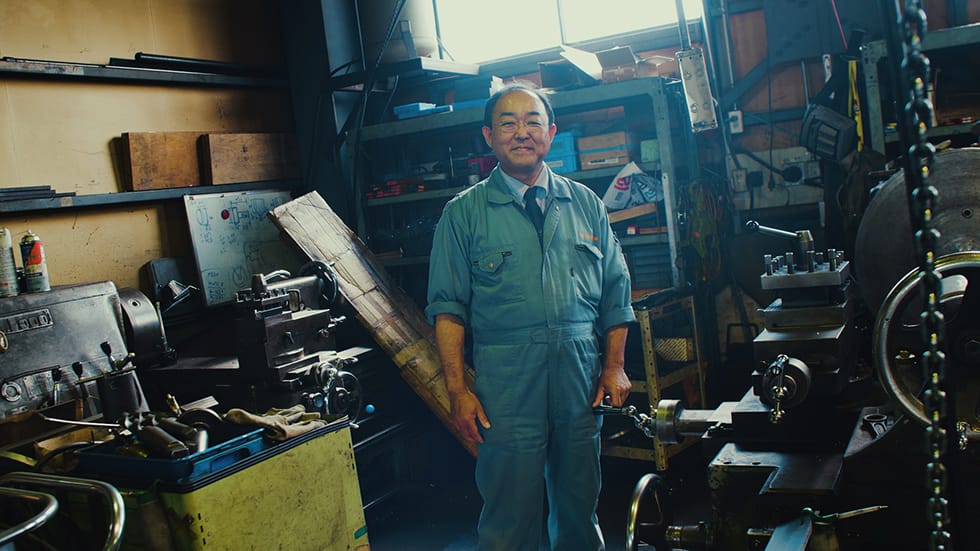
Akahira, Hokkaido
There is an experimental facility in the remote town 100km South of Sapporo.
It is a research and development facility owned by Uematsu Electric Co., Ltd. that works towards a rocket launch. The company started working privately on the development of rockets as a joint project with Hokkaido University in 2004. In 2009, Uematsu Electric worked with JAXA (The Japan Aerospace Exploration Agency) to conduct a test launch.
Uematsu Electric built its own facility for microgravity experiments-one of three facilities in the world for the development of its rocket. They have also made a contribution to the rocket industry by renting out the facility to developers from all over the world.
Up until 2004 the company only owned a small factory with 20 employees. Before they started producing rockets Uematsu Electric specialized in the production of electromagnets used in recycling plants.
The president of the company Tsutomu Uematsu, even when he was involved in the electromagnets business, had always dreamt of making rockets. We have asked him to share his story.
There is a grandfather’s smile behind his dream
Mr.Uematsu’s first encounter with a rocket occurred when he was 3 years old and was with his grandfather; it was through a TV screen showing Apollo 11 Moon landing.
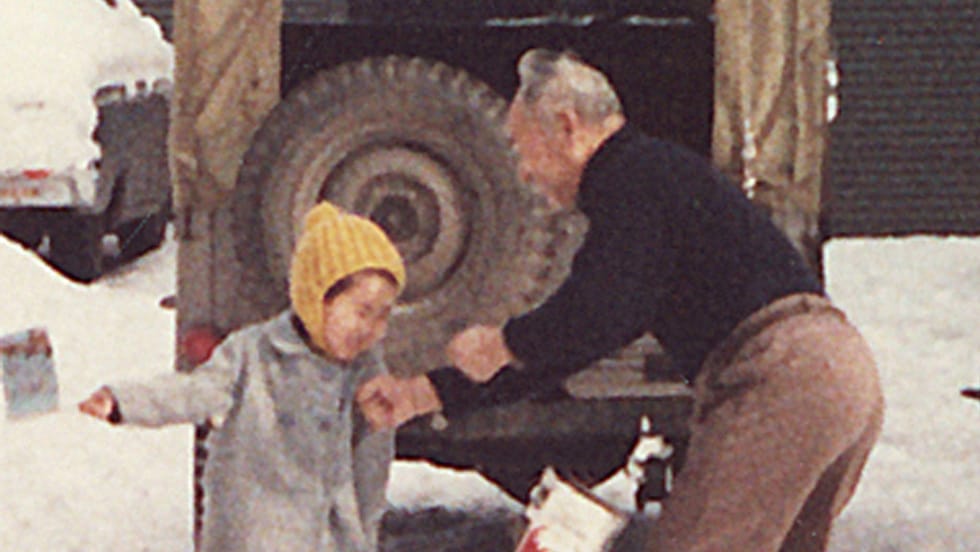
“I remember my grandfather getting extremely excited to see that footage. I don’t remember exactly what was shown on TV but I do remember my grandfather’s reaction to it. It made me feel so happy to see him smile like that. I believe that’s why I decided to pursue rocket making; to see that smile again.”
It goes without saying that it was not always an easy road for Mr.Uematsu. It was hard for him, not only in terms of technical aspects or the amount of effort required, but also in terms of keeping his dream alive.
Mr. Uematsu recalls how people denied him his dream countless times.
“I’d always talked about my dream of making rockets and aircraft. But I was told by adults that my dream is unachievable from when I was in middle school to university. I always felt frustrated to have my dream belittled by others.”
As mentioned at TED×Sapporo talk, there was a time Mr Uematsu nearly gave up as people did not believe in his dream. However, dreaming is the first step to success. The turning point in his career came when he was studying mechanical engineering at university in the hopes of getting involved in aircraft making.

“I was starting to think that I wouldn’t mind working on cars or motorcycles then. But I was reassured about my passion for aircraft when I had the opportunity to get on one of those Ultra Light Plane, a simpler version of a regular plane that you can fly without a license. After I had that extraordinary view from the plane I had to tell every single person about it. When my professor realised how strongly I felt about aircraft he led me in the direction towards my goal.”
A Dream come true was actually a setback
After graduating from university, Mr.Uematsu got his dream job at a company in Nagoya that manufactured aircraft and rockets.
“I was over the moon. I couldn’t describe the feeling I got from designing aircraft. But the thing is, I made my dream come true the moment I joined the company; I didn’t know what to do next.”
Feeling lost, he left the company after 4 years and decided to find a new path for himself. For a start, Mr.Uematsu went back to his hometown in Hokkaido.
“I decided to join the family business, but there was a recession and things weren’t looking too good. And that’s when our electromagnets came in. It was around the time when people were more conscious of recycling and were trying out various types of recycling methods. When I visited a recycling plant I came up with the idea of using electromagnets; that’s how I started working on them. Fortunately, our business started to pick up thanks to those electromagnets.”

One phone call that led me to rocket making
Uematsu’s electromagnets had strong features in its lightness and strength which made them ideal to be used for recycling. As a result, they became one of the top recycling devices on the market. By then it had already been 10years since he started working on his family business. As he was busy marketing and selling the electromagnets Mr.Uematsu was no longer working on rockets or aircraft.
However, one phone call brought him back into the rocket business.
“I remember it was around 2004. I got a phone call from someone who wanted to rent my workspace to test the rocket engines he had been working on. It was Professor Harunori Nagata from Hokkaido University Graduate School of Engineering whom I now work with to develop our rockets.”
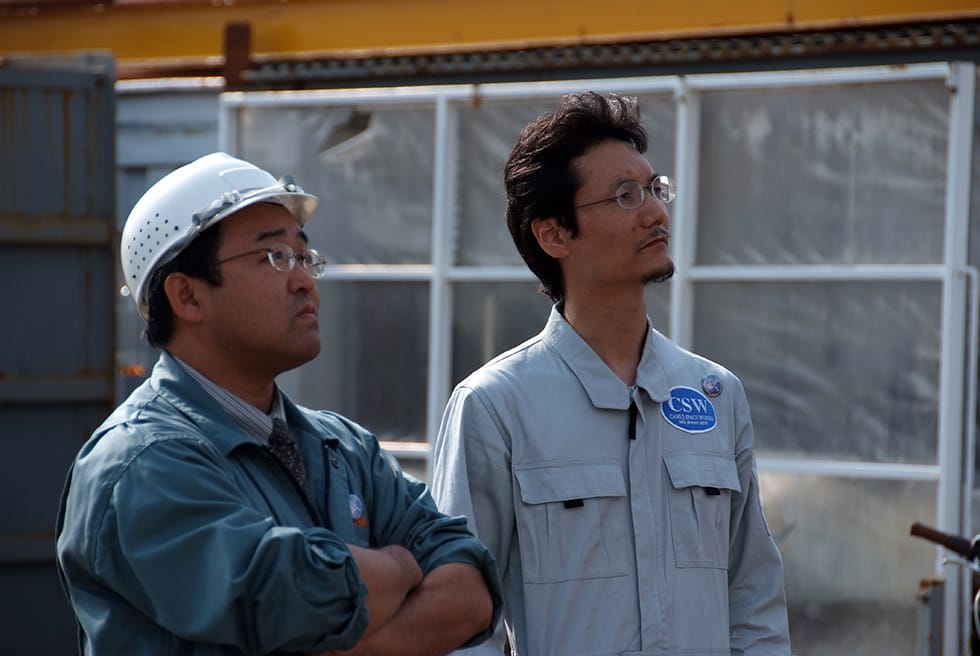
Even though Professor Nagata had been conducting research on rockets there was not enough budget for him to actually produce or test those rockets. Mr. Uematsu saw an opportunity there.
“There are only a handful of people who are working on the development of safe rocket engines. One of them happened to be in Hokkaido and we were only a year apart in age. I felt it was meant to be. I told him I wanted to join him in the project and I’d be willing to make all the parts he needs for it. Professor Nagata was keen to work with me.”
Mr.Uematsu started working on rockets with Professor Nagata without accepting any payments from him.
“I learned a lot through our rocket project; that is why I want to put all my effort into the advancement of rocket technology. I want the rocket industry to grow. When I receive inquiries about my rockets I never receive technical expenses and I rent out my facility at an affordable price. I would like to give back to Professor Nagata and his students as well.”
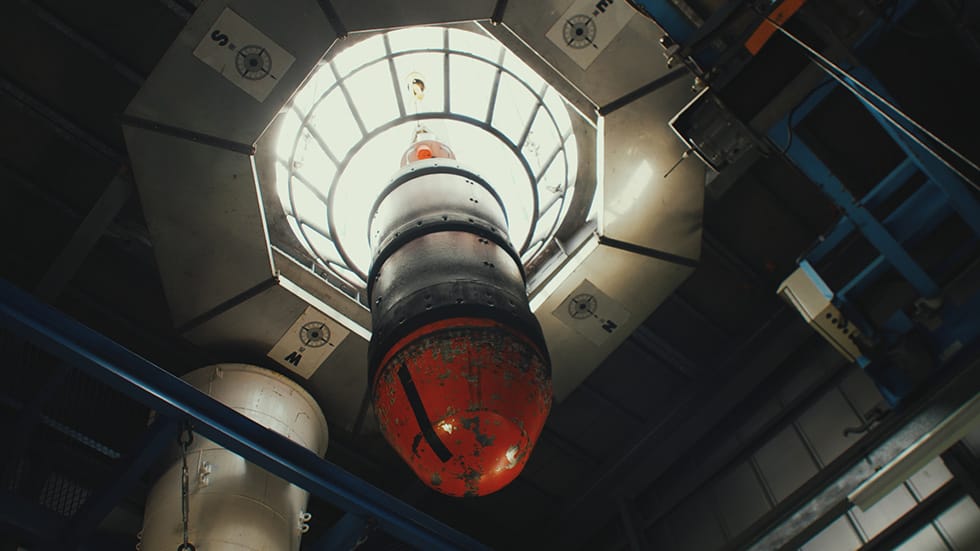
Had it not been for the financial assets and problem-solving skills Mr.Uematsu gained through his electromagnet business, he would not have been able to devote so much of himself to the rocket making.
“‘Give shape to your newborn ideas’--the mentality that is instrumental to the advancement of rockets as well as the production of electromagnets. My electromagnets didn’t sell at all in the beginning. When they started selling a new problem popped up. I learned to avoid all kinds of risks in facing such challenges. Like my electromagnets, my rockets are both light and strong. All that I have experienced has come in handy.”
Dream bigger; pass the dream on to the next generation
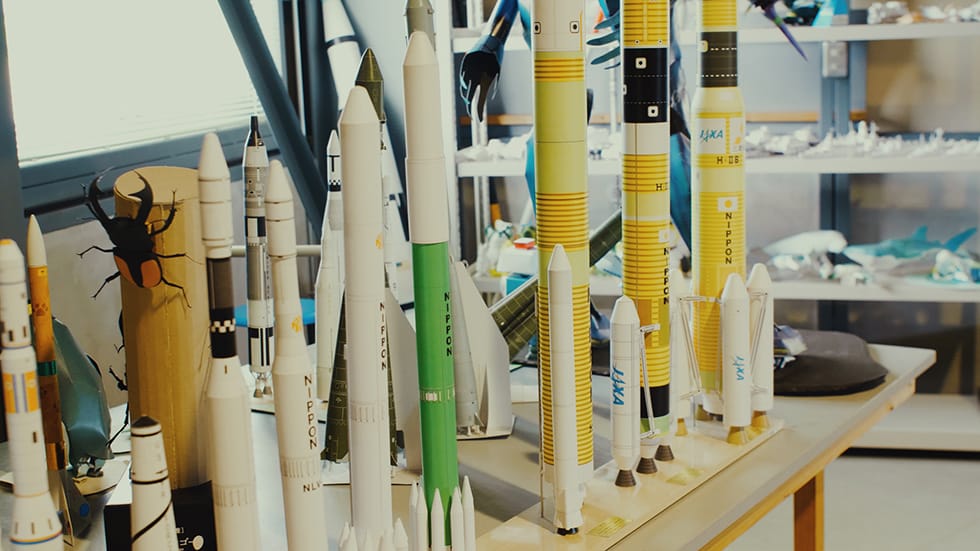
Despite giving up on his dream once, Mr.Uematsu has gone back to chasing his dream again.He talks about how rockets were his dream to start with but now they are more of a means.
“If I were to define ‘a dream’ now, it would be an admiration for something elusive. You don’t necessarily need to reach it. It is something like the Polar Star; it’s too far to be reached, but it gives you a sense of direction. A dream is something like a guidepost.”
Mr.Uematsu’s dream is to work towards a society where no one’s opportunities to dream will be taken away-something he has always battled with since he was little. In order to make that come true he has been giving talks about dreams while working on his rockets.
Mr.Uematsu believes his philosophy and BWSC theme ‘Dream bigger. Go farther.” have a lot in common.

“I’ve been told since I was a kid to ‘have a dream’. But when I actually did have a dream I was told not to be a ‘dreamer’. They expect us to do something easy, something achievable. But I want the kids to ‘Dream bigger’.Their dream should be so big that it takes not only their generation but also the next generation to make it come true. If their dream works as a bridge between generations they would inevitably think about what skills and messages should be passed on to the next generation. There is no ‘good’ or ‘bad’ dreams. You can have more than one dream. I want them to have many big dreams.”
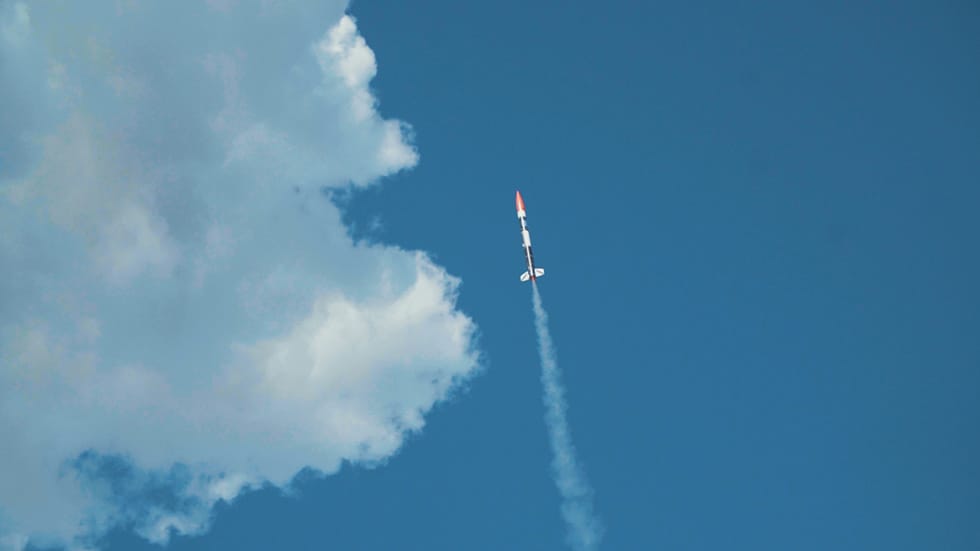

-

Kome, the popular Golden Retriever gives it a try! – A dog jacket that uses solar energy
-

Dressing up tires with stickers for model cars! BWSC collage art piece by Funny Dress-up Lab
-

No blades! A pole-shaped wind turbine, Vortex Bladeless, generates power by shaking.
-

Solar-powered bench Steora as a device charger, Wi-Fi hotspot, advertising display, and CCTV!

-

Kome
Kome is a fluffy, one-year old Golden Retriever. She inherited the territory from her owner’s previous dog, ef. Affectionate and playful, Kome melts everyone’s heart with her sweet baby face in contrast to her impressive physique.efrinman Kome’s owner. She is an illustrator popular for her dog illustrations and comics.

Kome, the popular Golden Retriever gives it a try! – A dog jacket that uses solar energy
-

Funny Dress-up Lab
Collage artist. Fascinated by various aspects of decorative stickers, such as their vivid colors, unique shapes, misregistration, and the fact that they are now dead stock, he has been creating collage works using solely decorative stickers without altering them in any way. He will cease creating these works when the current stock in the world runs out.

Dressing up tires with stickers for model cars! BWSC collage art piece by Funny Dress-up Lab
-

Taku Omura
Product designer. Taku Omura designs personal items, such as household goods and stationery, and develops his own products. His tweet with a hashtag, making proposals for corporate gifts without being asked, often becomes a trending topic on Twitter.

Give it a try! Taku Omura elaborates on solar-powered candy crafts with a magnifying glass
